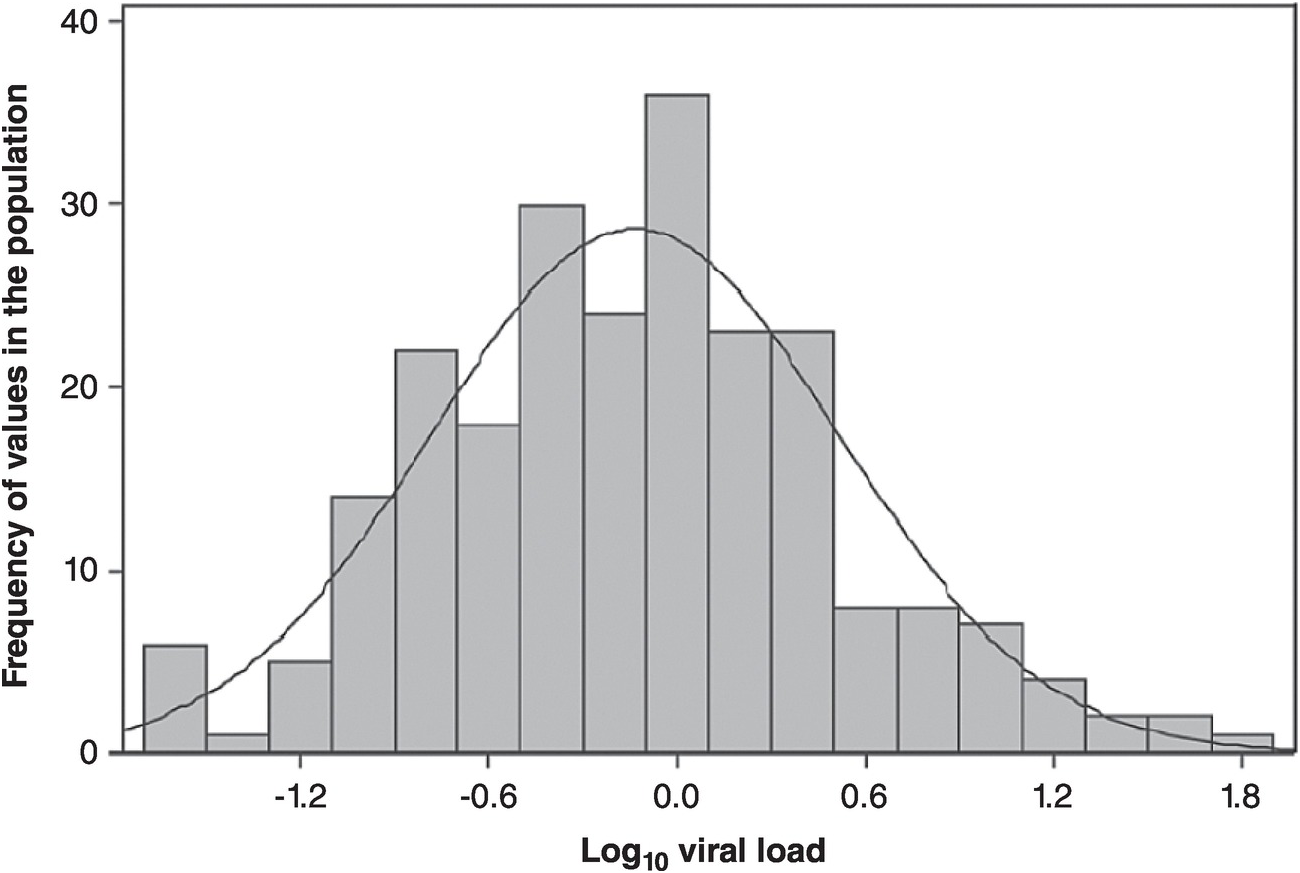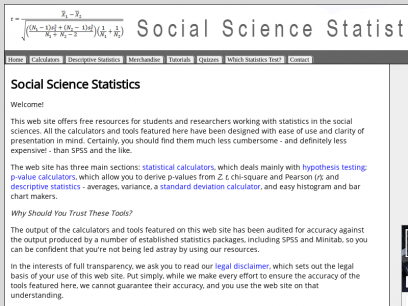


Scatter Plot Maker in Excel Easily Create Scatter Plots in Excel Using QI Macros. Then we can do some neat things with the trendline and see what it means. How do I plot the line on top of my scatter plot using the coefficients ? Now, I get back the coefficients as : 0: Array 1: Array a: -1.1064189189189189 b: 14.08108108108108 length: 2 predict: function S () rSquared: 0.8731378215564962. The car package can condition the scatterplot matrix on a factor, and optionally include lowess and linear best fit lines, and boxplot, densities, or histograms in the principal diagonal, as well as rug plots in the margins of the cells. You can also use the regplot () function from the Seaborn visualization library to create a scatterplot with a regression line: import seaborn as sns #create scatterplot with regression line sns.regplot (x, y, ci=None) Note that ci=None tells Seaborn to hide the confidence interval bands on the plot. Optionally, you can add a title a name to the axes. Scatter Plot Graph Maker DataSource: any. Recall that coef returns the coefficients of an estimated linear model.

Related Keywords Linear Regression Scatter Plot Calculator Scatter Plot Equation Calculator Scatter Plot Slope Calculator Free Scatter Plot Maker Line Of Best Fit Calculator Create Scatter Plot Scatter Plot. This plot gives us an idea about the trend of our data and we can try to fit the linear regression model here. An outlier is defined as a data point that emanates from a different model than do the rest of the data. If there is only one explanatory variable, it is called simple linear regression, the formula of a simple regression is y = ax + b, also called the line of best fit of dataset x and dataset y. This post uses the object oriented interface and thus uses ax.set_xscale ('log'), but this can also be achieved with plt.xscale ('log') if you're using plt.plot () Let's get started by importing Matplotlib and Numpy. Quick and easy way to make a scatter plot with two quantitative variables In Tableau, you create a scatter plot by placing at least one measure on the Columns shelf and at least one measure on the Rows shelf. Edraw scatter plot maker is used to visually present what happens to one variable when another variable is changed. Simulates the distribution of the sample when the responses are randomly shuffled to different explanatory values.


 0 kommentar(er)
0 kommentar(er)
